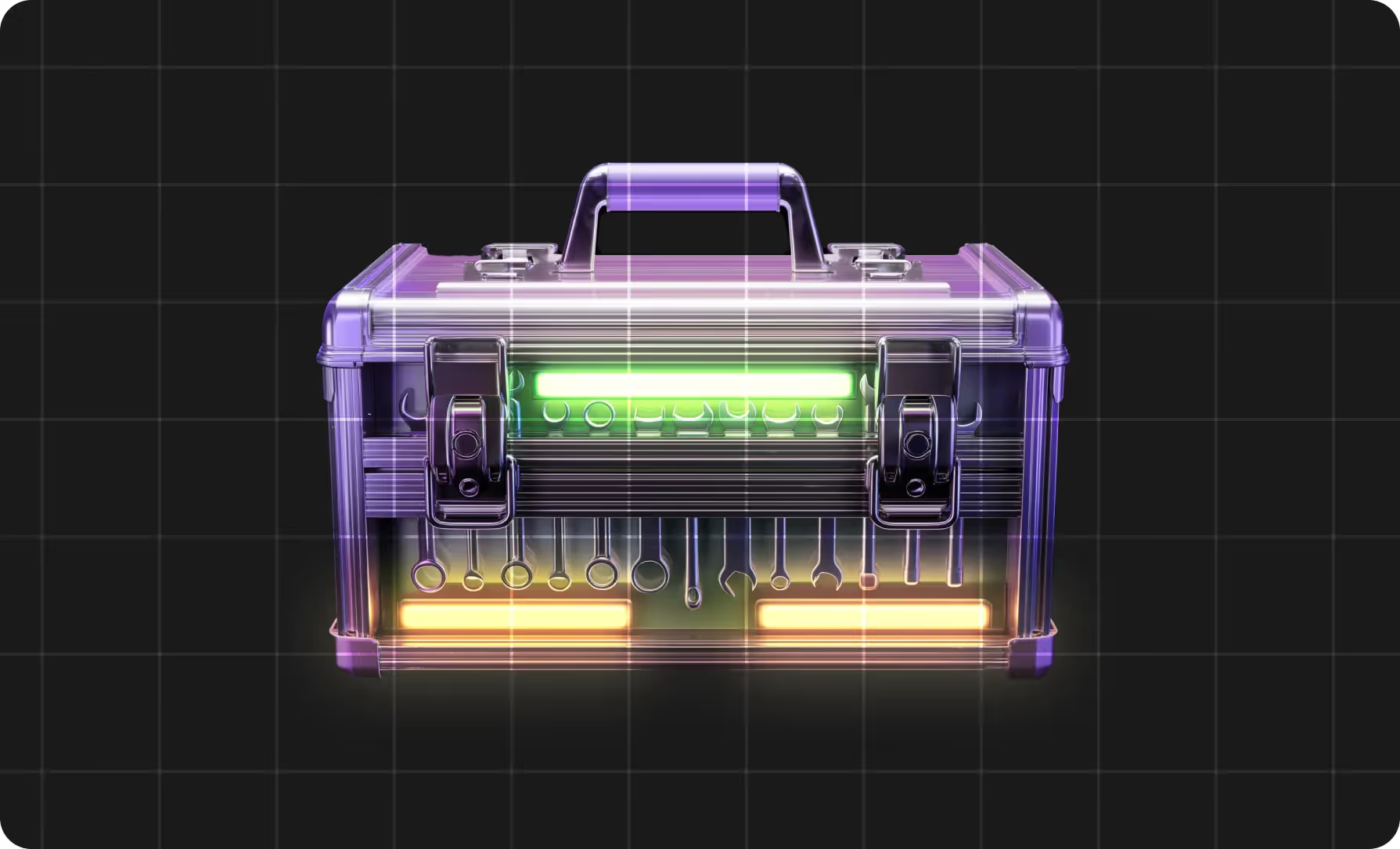
The reports keep coming that the world is changing. Why? All because of generative AI applications. From generative AI coding tools to generative AI video makers, it seems there’s something new popping up every day. And the stats show the significance of these tools:
- A report from McKinsey found that 78% of respondents use AI for business tasks, up from 55% the previous year.
- Bloomberg estimated that the market for generative AI tools would grow to $1.3 trillion by 2032.
- According to a report from Microsoft, 79% of leaders think their company’s competitiveness depends on adopting gen AI tools.
So what’s all the buzz about? Well, if you want to see for yourself, explore our list of generative AI tools below. We’ve collected all the top generative AI tools and sorted them by industry. Click around, give them a test, and you, too, can become a savvy wielder of the know-how that’s promising to change the world.
What is generative AI?
How does generative AI work?
In more detail
Generative AI platforms start with data collection. They intake mountains upon mountains of data, clean it, and then tokenize it, encoding non-numerical information like text into numerical representations that a network can process. Then, the model trains.
Taking the specific example of generative AI writing tools, this involves the model learning which words tend to follow which other words and in which contexts (to be fair, one word isn’t always one token, but for the sake of the example, let’s simplify). Then, once it has a framework for the statistical probability of which words follow which others, it starts its own experiments, predicting the text that’s likely to come next. Depending on how the model is set up, it may check its accuracy using its own verification methods, but many of the best AI automation tools nowadays also incorporate human feedback.
Once trained, generative AI applies this statistical modeling within the context set by the user’s prompt to produce the content requested.
The weaknesses of AI tools
That all makes this tech sound like wizardry, but it does have its drawbacks and limitations. For example, if you really dig into that previous explanation, you can see that generative AI tools are actually massive prediction machines. That means they don’t know things per se, they just predict what’s most likely to be the next word in a sentence (if we stay with our writing example).
That means these tools can hallucinate, i.e., respond confidently but incorrectly. Because of that, the human prompting these tools should keep an eye out for information that could be off-base. This also ties into another potential limitation. Depending on the base model the tools use, there may be a knowledge cutoff date. Some models need to train on data to update their stores of information about the world, so they’re only as informed as the date of their last training, placing a limitation on how up-to-date and informed their responses can be. Some, however, incorporate internet access, so they can stay current. For a deeper discussion of this, check out our article here.
List of generative AI tools by specialization
From generative AI for marketing to generative AI for design, here are some of the best and most popular generative AI tools.
Marketing and advertising
SEO
Sales
Customer support and experience
E-commerce and retail
Product and design
Coding
RAG and vector search
Data and analytics
- ThoughtSpot Spotter
- Tableau Pulse
- Power BI Copilot
- Snowflake Cortex
- Databricks Mosaic AI
- Hex (Ask Hex)
- Dataiku AI
- Sigma AI
Automation and IDP
- UiPath Autopilot
- Microsoft Power Automate Copilot
- Zapier AI
- Make.com AI
- Azure Document Intelligence
- Google Document AI
- Rossum
- Hypatos
Security
- Microsoft Security Copilot
- CrowdStrike Charlotte AI
- SentinelOne Purple AI
- Palo Alto Networks Precision AI
- Recorded Future AI
Legal
Finance and accounting
HR and recruiting
Healthcare and life sciences
- Nuance Dragon Copilot
- Abridge
- Suki Assistant
- Benchling AI
- Nuance PowerScribe 360 Reporting
- Rad AI
- Harrison.ai
Education and research
Enterprise search and knowledge
List of generative AI tools for media
Looking for the best free AI art generator? Generative AI writing tools? These might be right for you.
Image generation
Video generation
Video editing:
Avatars / presentation videos
Audio / music / voice
3D and game assets
Creative writing
How to do proper prompt engineering with gen AI tools
One last piece of advice: to use these tools, you’re going to need to know how to properly prompt them.
Guide to properly prompting gen AI tools
To get into more detail, here’s an overarching guide to prompting AI generative tools:
- Be clear and specific
Avoid prompts such as “help me with my report.” Instead, ask generative AI apps for precisely what you want. For example: “Please come up with an outline for three slides for a presentation about the economic implications of generative voice AI.”
- Provide input data and context
This can take many forms such as the actual data you have (maybe be careful here because of security concerns), examples of the content you’d like to emulate, the audience the content is for, etc. The more input you give, the better your output will be.
- Break compound requests into steps
Sometimes, even the best generative AI tools stumble when taking on big tasks. To prevent this, give them specific, step-by-step instructions such as “First, analyze the data. Then, generate the two best possible pieces of content to send out based on that analysis. Finally, suggest which of the two has the highest likelihood of success.”
- For more complex tasks, consider prompt engineering techniques
More intricate requests will benefit from prompt engineering, which can take the form of role-based prompting, in which you assign the generative AI software a perspective such as math tutor or marketing analyst. Prompt engineering can also take the form of chain-of-thought prompting, which imitates the last step we described, but asks the AI to produce and adhere to logical steps on its own to reduce errors.
- Iterate
Look at the output and see how it matches your expectations. Treat the interaction with the AI as a conversation; provide feedback, be clear about what worked and what didn’t and ask the generative AI model to run it back.


.avif)














